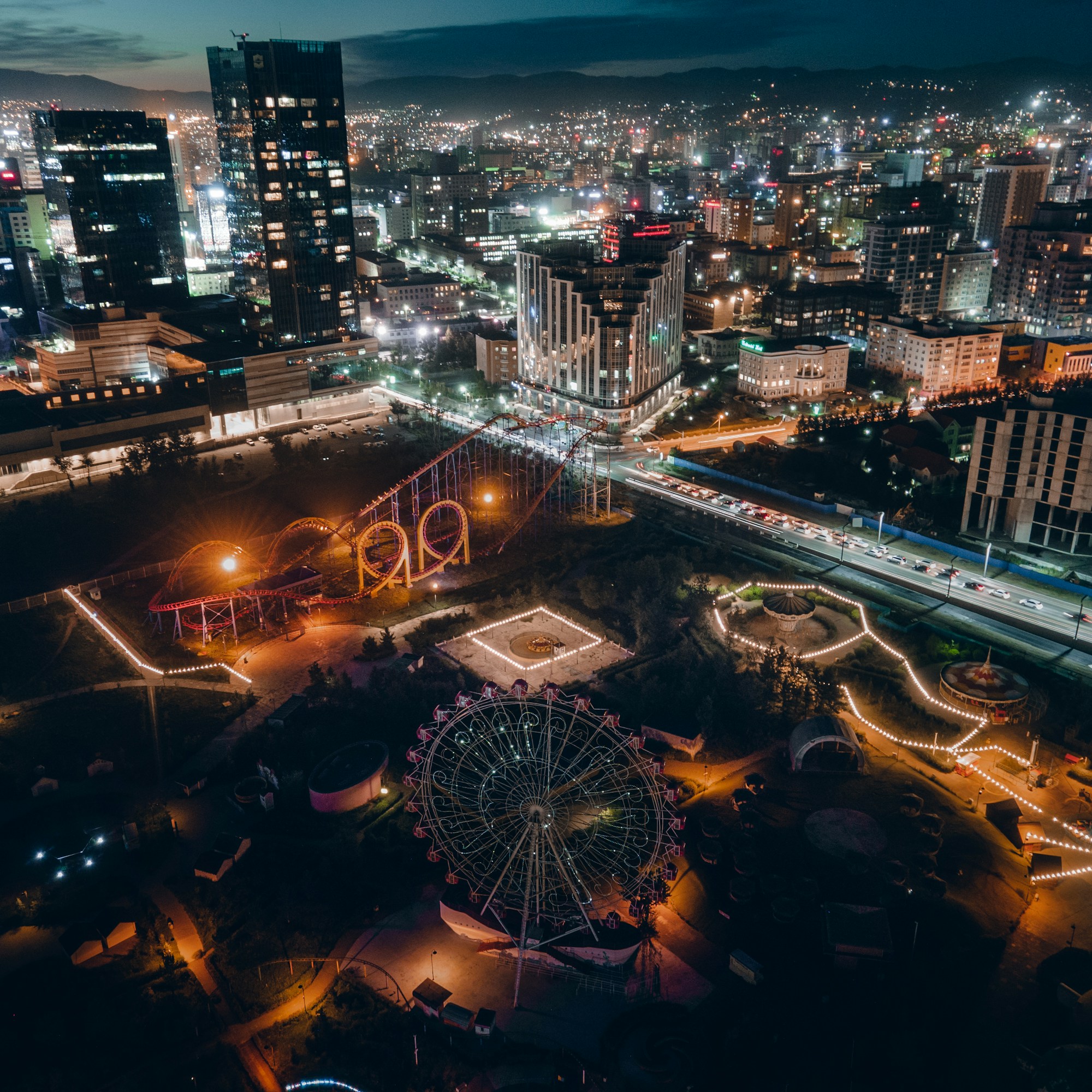Explore Ulaanbaatar: A Fascinating City Guide

Explore Ulaanbaatar: A Fascinating City Guide
Ulaanbaatar, the capital city of Mongolia, is a fascinating destination that combines traditional Mongolian culture with modern developments. As the country's largest city, Ulaanbaatar offers a unique opportunity to experience Mongolian history, art, and cuisine while also enjoying its vibrant modern atmosphere. Here's a guide to help you explore and make the most of your visit to Ulaanbaatar.
Getting to Ulaanbaatar
International visitors can reach Ulaanbaatar by flying into the Chinggis Khaan International Airport. The airport is well-connected to major cities in Asia and Europe, making it easy to reach from different parts of the world. From the airport, you can take a taxi or a pre-arranged transfer to your accommodation in the city center.
Exploring Ulaanbaatar's Attractions
1. Sukhbaatar Square: Start your exploration at the heart of Ulaanbaatar, Sukhbaatar Square. This square is named after Mongolia's national hero, Damdin Sukhbaatar, and is surrounded by important buildings such as the Government Palace and the Mongolian Stock Exchange.
2. Gandantegchinlen Monastery: Visit the largest and most important Buddhist monastery in Mongolia, Gandantegchinlen. This monastery houses a 26-meter tall statue of Megjid Janraisig, a Bodhisattva of Compassion. Explore the beautiful temples and observe the daily rituals of the monks.
3. Zaisan Memorial: Take a trip to the outskirts of Ulaanbaatar and visit the Zaisan Memorial, located on Zaisan Hill. This memorial was built to commemorate the Soviet soldiers who died during World War II. Enjoy panoramic views of the city from the top of the hill.
4. National Museum of Mongolia: Dive into Mongolia's rich history and culture at the National Museum. The museum exhibits artifacts and displays that showcase the country's past, including exhibits on Genghis Khan and the Mongol Empire.
5. Bogd Khan Palace Museum: Explore the winter palace of Mongolia's last emperor, Bogd Khan. This museum showcases the opulent lifestyle of the royals and houses a collection of precious artifacts, religious items, and traditional costumes.
Experiencing Mongolian Culture
Mongolian culture is deeply rooted in nomadic traditions, and Ulaanbaatar provides ample opportunities to experience the traditional way of life.
1. Ger Districts: Take a tour of the Ger districts, where a significant portion of the population still lives in traditional nomadic tents called gers. Experience the hospitality of the locals, learn about their daily routine, and even stay overnight in a ger for a truly immersive experience.
2. Mongolian Cuisine: Sample the unique flavors of Mongolian cuisine. Try traditional dishes such as khorkhog (slow-cooked meat), buuz (steamed dumplings), and airag (fermented mare's milk). You can find restaurants throughout the city serving traditional Mongolian fare.
3. Naadam Festival: If you visit Ulaanbaatar in July, don't miss the Naadam Festival, Mongolia's biggest annual celebration. This festival features traditional Mongolian sports like wrestling, horse racing, and archery, along with cultural performances and parades.
Shopping and Souvenirs
Ulaanbaatar offers a range of shopping options, from modern malls to traditional markets.
1. State Department Store: Explore the State Department Store, a popular shopping destination in Ulaanbaatar. Here, you'll find a wide range of products, including clothing, electronics, and souvenirs.
2. Naran Tuul Market: Visit the bustling Naran Tuul Market, also known as the Black Market. This market is famous for selling a variety of goods, from traditional Mongolian clothing and accessories to antiques and handicrafts.
Practical Tips for Visitors
1. Weather: Ulaanbaatar experiences extreme weather conditions, with cold winters and hot summers. Pack accordingly, especially if you plan to visit during the winter months.
2. Currency: The official currency of Mongolia is the Mongolian Tugrik. It's advisable to carry some cash, as credit cards may not be widely accepted in smaller establishments.
3. Transportation: Ulaanbaatar has a well-developed public transportation system, including buses and minibusses. Taxis are also readily available, but make sure to negotiate the fare before getting in.
4. Language: The official language of Mongolia is Mongolian. While many younger people in Ulaanbaatar can communicate in English, it's helpful to learn a few basic Mongolian phrases or carry a phrasebook.
Ulaanbaatar is a city that offers a unique blend of rich history and modern development. Explore the cultural attractions, experience the traditional way of life, and immerse yourself in Mongolian hospitality. Plan your visit to Ulaanbaatar and get ready to be captivated by all that this fascinating city has to offer.
